Impassioned memories and esoteric snippets—from an era gone by or a life lived through—almost always serve as potent spaces for deriving inspiration. Whether the designs developed in their response carry abstruse and minimalistic elements or are boldly enhanced by tangible features, the narratives that shape such creations always render them meaningful. Iranian architect and artist Saba Yazdjerdi’s recent creations present her inspiration through both the physical form of her designs and the intangible spirit that they carry. Her Pahlevoon Series serves as an ode to her Iranian heritage and the memories she had with her grandfather. They mimic the form and shape of the Varzesh-e-Pahlavani tools that Yazdjerdi’s grandfather would keep in his bedroom. “One of my cherished childhood memories in Tehran was playing with my agha joon’s (a term for grandfather in Persian) training equipment. I didn’t know what they were, nor did I have the strength to move them, but I loved their peculiar look. The fact that they were agha joon’s made the prospect of exploration even more exciting,” Yazdjerdi fondly remembers.
Yazdjerdi’s grandfather was very fond of the Iranian martial arts practice, which is the country’s millenary sport for heroes and is colloquially referred to as Varzesh-e-Pahlavani. It is a traditional form of athletics that was originally used to train warriors in ancient Persia. Yazdjerdi’s grandfather became a patron of this traditional sport and strived, over several decades, to revive it. Later, he was also awarded the honorary medal of Pahlevani. Moving around her agha joon’s equipment, ‘Mil’, ‘Sang’ and ‘Kabbadeh’ as a child, Yazdjerdi developed a fondness for them. Their peculiar forms and history imprinted themselves in her mind, not only as objects of Iranian heritage but also as reminders of the fond memories of her childhood, with her grandfather. “In this collection I have stayed loyal to the original form of the pieces in order to keep the nostalgia that they carry with them. The materials chosen are intended to flirt with both the memory of the objects and their new modern context,” Yazdjerdi says.
Varzesh-e-Pahlavani, although a combat sport, traces its first mention in literature to as far back as the 11th century BC, in the epic poem The Shahnameh (The Book of Kings) written by Abul-Qâsem Ferdowsi Tusi. The poem, now a national epic of Iran, Afghanistan and Tajikistan, narrates the tales of the ancient Persian empire through mythical heroes and villains. Among the various characters introduced in the poem, only two, Rostam and Sohrab, a father and a son, manage to reach the level of Pahlevani, due to their generosity, selflessness and modesty. It is these tales and values, communicated gracefully through Shahnameh, one of the longest epic poems of the world, that Yazdjerdi attempts to bring focus to, through her latest collection. She understands that stories and values are as much a part of one’s heritage and culture as are tangible entities. In order to preserve them, she suffuses her pieces with impalpable motifs and narratives, like vessels holding water. “Pahlevani has been beautifully carried by our men and our heroes for over 1000 years. Now I dream of preserving its history and tradition through this collection, using a modern female brush. In an era when lack of empathy and no virtue gains men their medals, we can give shelter to these overshadowed values, keep them close and protect them under our own roofs,” the Iranian artist says.
The sculptural art collection comprises four pieces, ‘mil-stone’, ‘kabbadeh-chin’, ‘sang-ru’ and ‘mil-gah’. ‘mil-stone, inspired from mil, which is a pair of wooden clubs used for strength training, is a bench made out of bleached ash wood, orange, onyx and boucle. It symbolises a Pahlevan’s strength and foundational spirit, within their family and community. The ‘mil-gah’ is another interpretation of the mil. The two wooden clubs are inverted and affixed on a cushion to make a floor seat. The low set piece represents values of trust, modesty and protection.
‘Kabbadeh-chin’, on the other hand, is a sculpture that doubles as a vase. It takes cues from kabbadeh, an iron weight that is shaped like a bow. Sculpted out of metal and fibreglass, this piece is an expression of exuberance, generosity and gentleness, and it shoots out flowers instead of arrows. ‘sang-ru’ is a shield interpreted as a mirror. It is derived from sang, which is a shield used in Pahlevani, and was originally made from stone and then replaced by wood. Yazdjerdi uses stainless steel to build ‘sang-ru’, which is hung at the height of the user’s face, such that the hollowed-out part in the centre falls in the observer’s line of sight. The sculptural artist intends to help the visitor “omit their self and ego” and think about their surroundings. As a result,'sang-ru' represents honesty and selflessness.
Born in Tehran, Iran, and based in San Francisco, United States, Saba Yazdjerdi is an architect and artist who, through her work, explores and investigates her Iranian heritage and multicultural experiences. She has, throughout her life, lived in various cities across the globe, such as Tehran, Colorado, Rhode Island, Bangkok, New York and California. As a designer, she regularly explores the themes of identity and belonging through the objects, spaces and materials she designs or works with. She seeks not only an understanding of these ideas and themes but also an acceptance of these cultural entities as well as their preservation. Hence, she targets two different goals through her projects, to reinterpret her personal experiences and stories, and to revive Iran’s cultural heritage in a new visage.
Yazdjerdi’s Pahlevoon Series, which is her debut collection, delivers on these principles. The four pieces come together to form a unique collection of sculptural objects, which make for beautiful ornaments in a contemporary locale. They bring the Iranian tradition of Pahlevani to the world’s attention, while also re-interpreting its tools and equipment in contemporary style, for current applications. “I believe that their contemporary function creates an interesting and thought-provoking connection to our everyday life,” she asserts. Yazdjerdi attempts to imprint the honoured Pahlevan’s virtues of bravery, selflessness, strength and generosity in her pieces. She hopes that these objects will serve as tangible reminders of the ancient and ethical sport, hence, helping the users imbibe those virtues.






 Sign in with email
Sign in with email


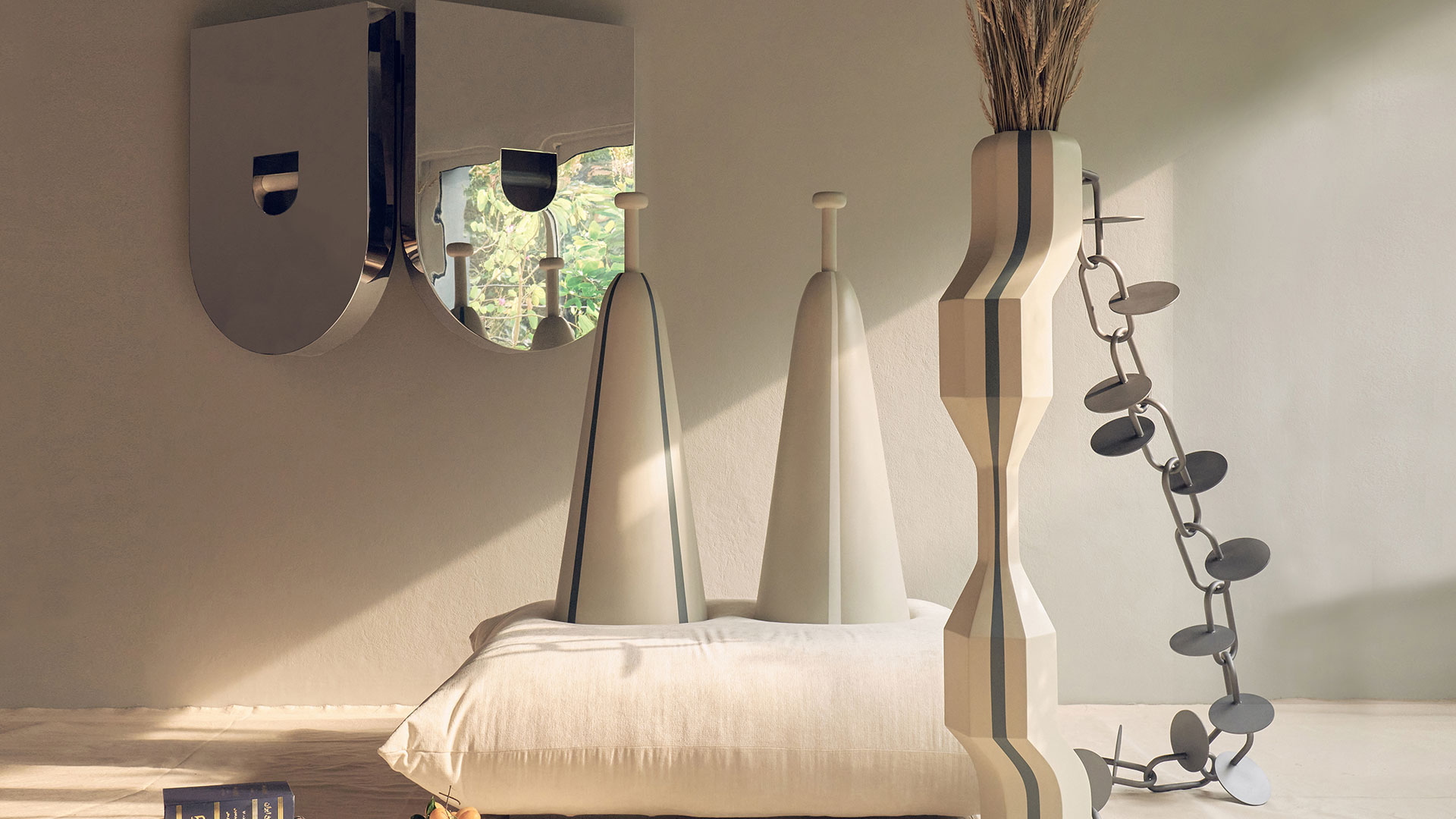
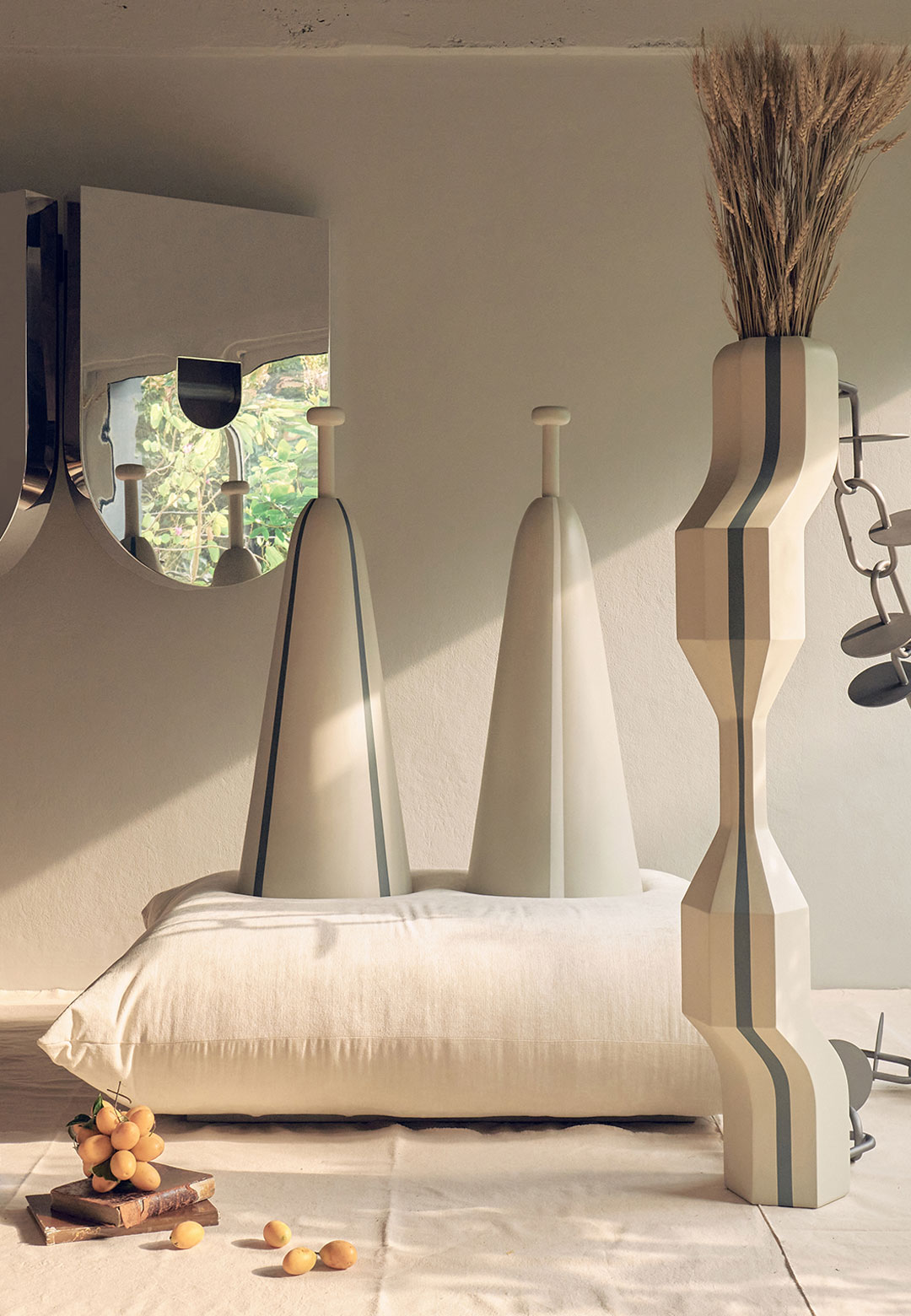
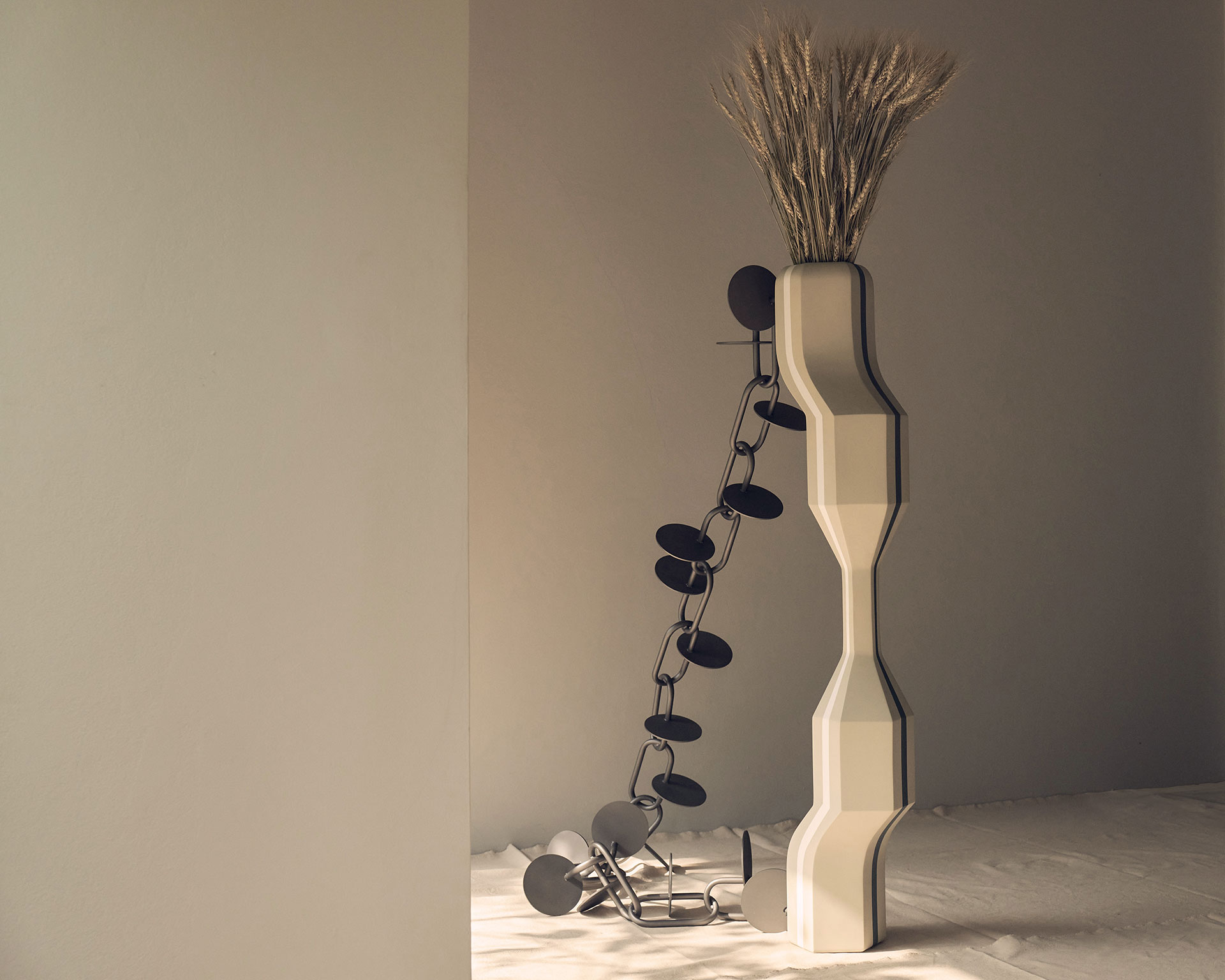
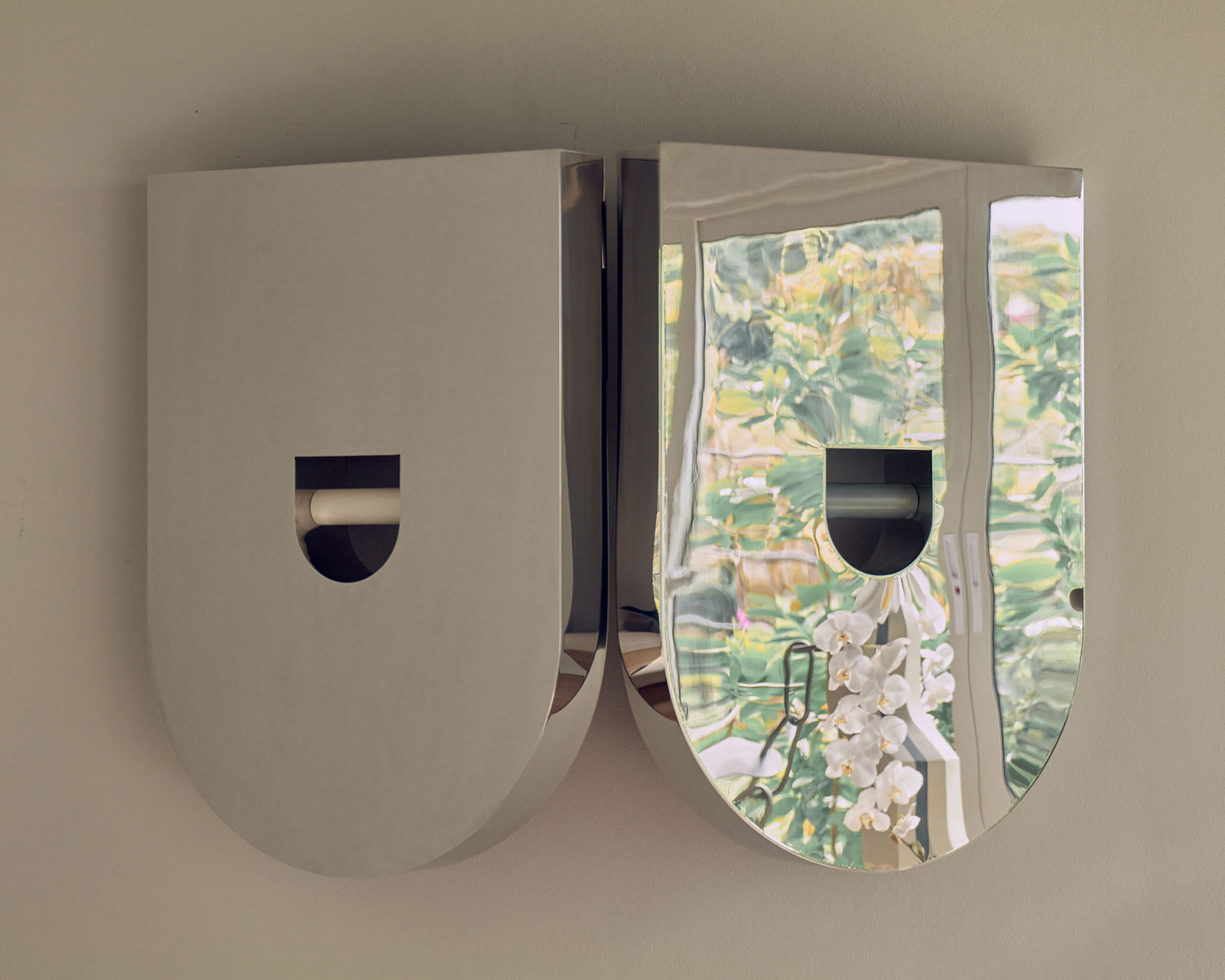
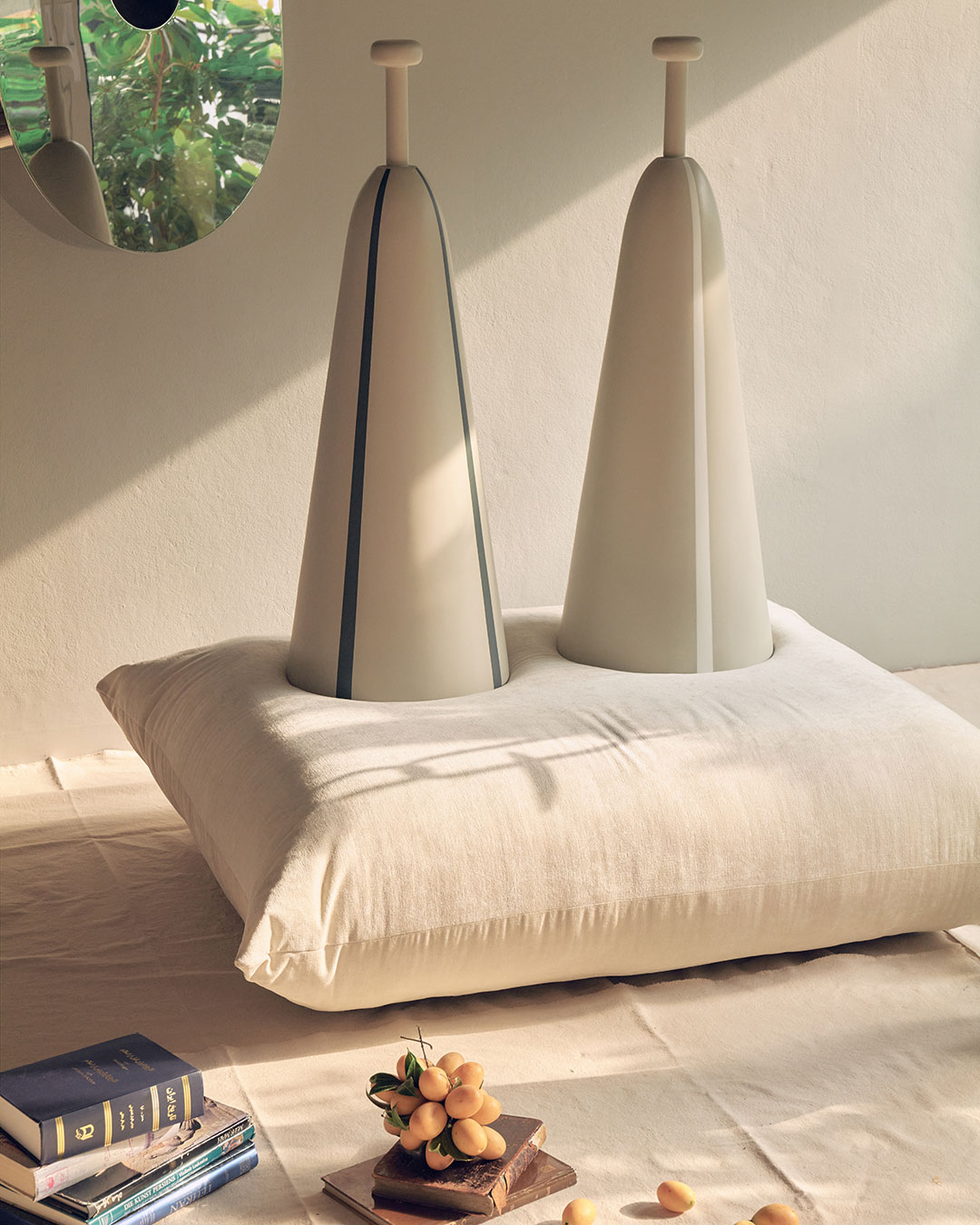
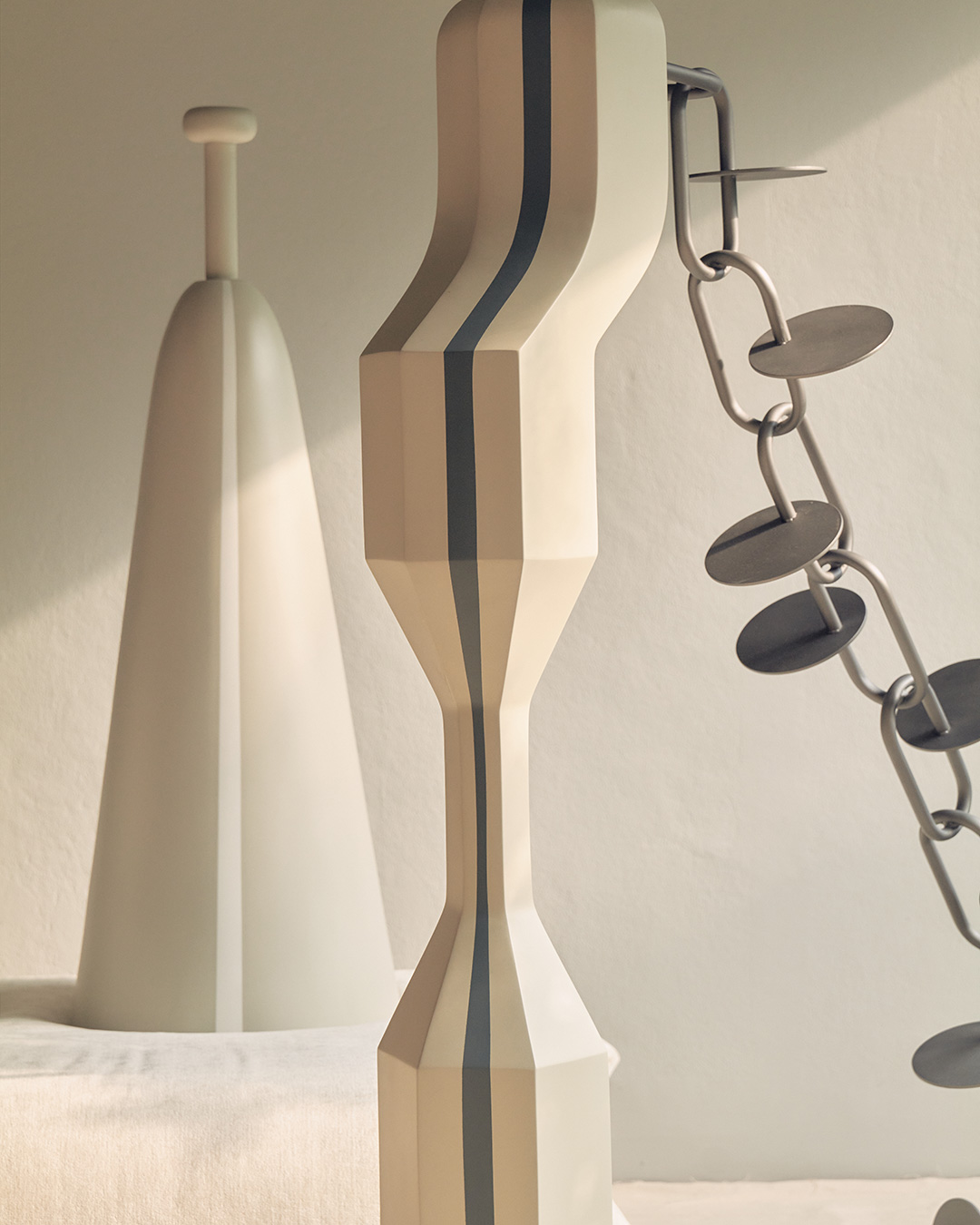
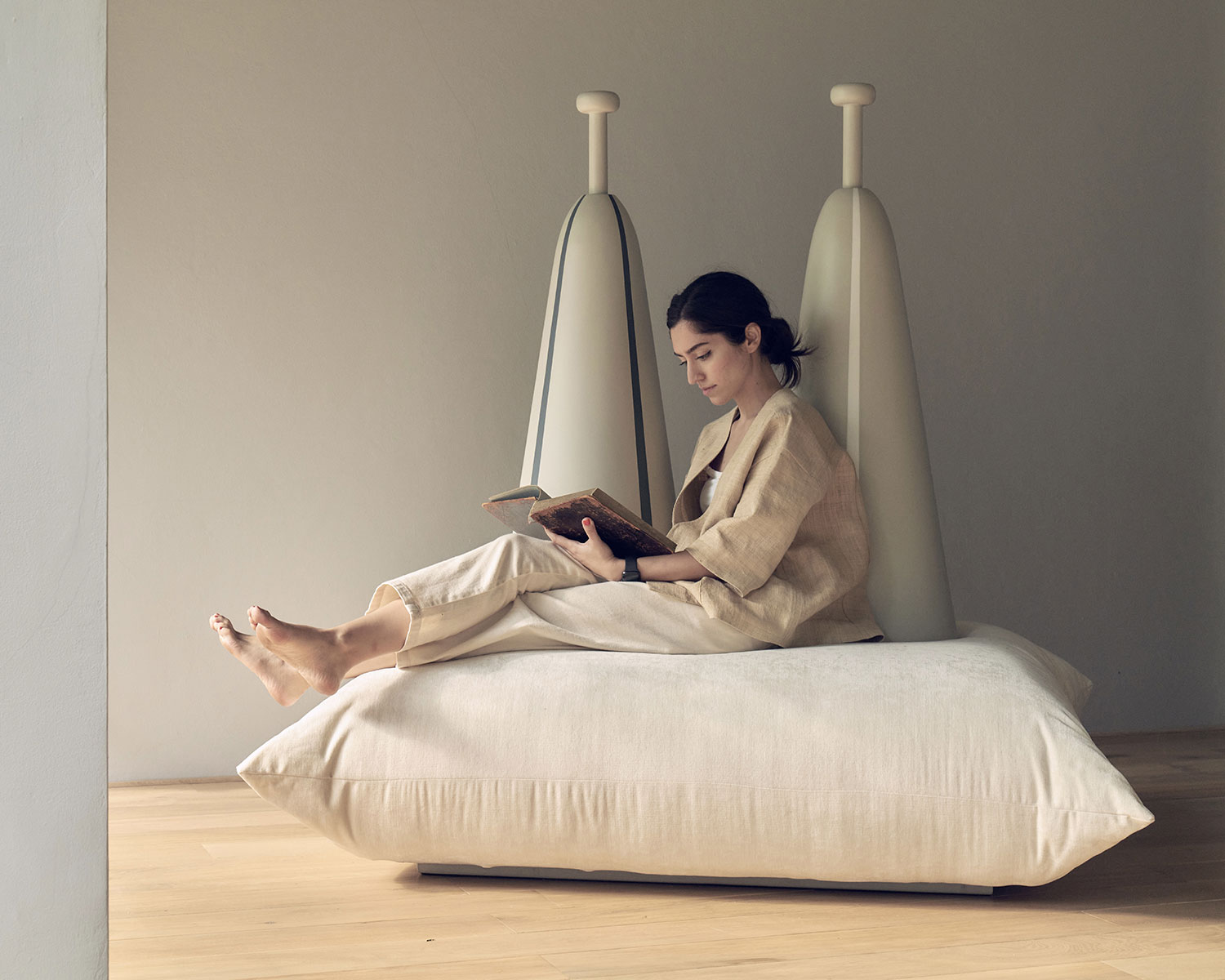
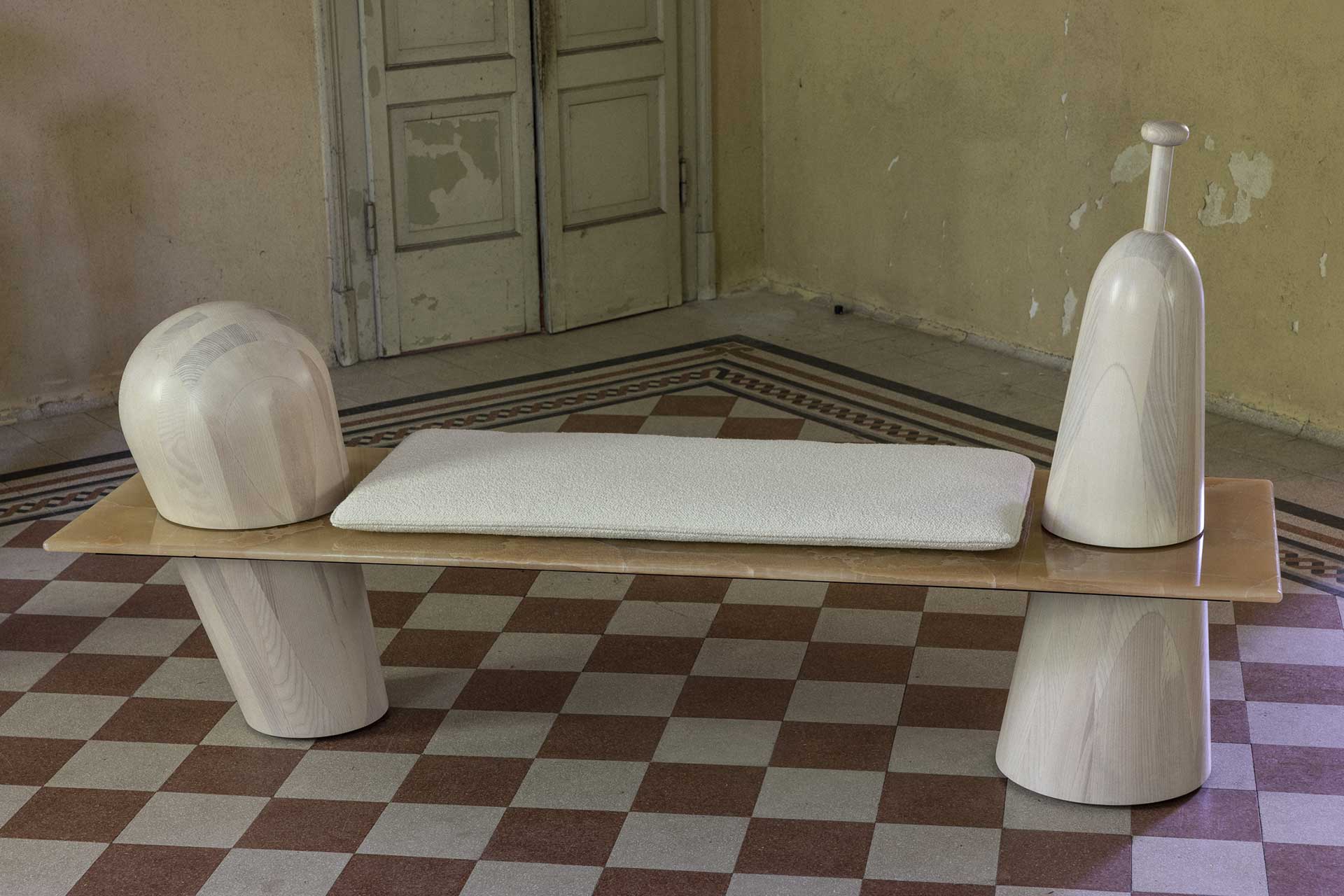
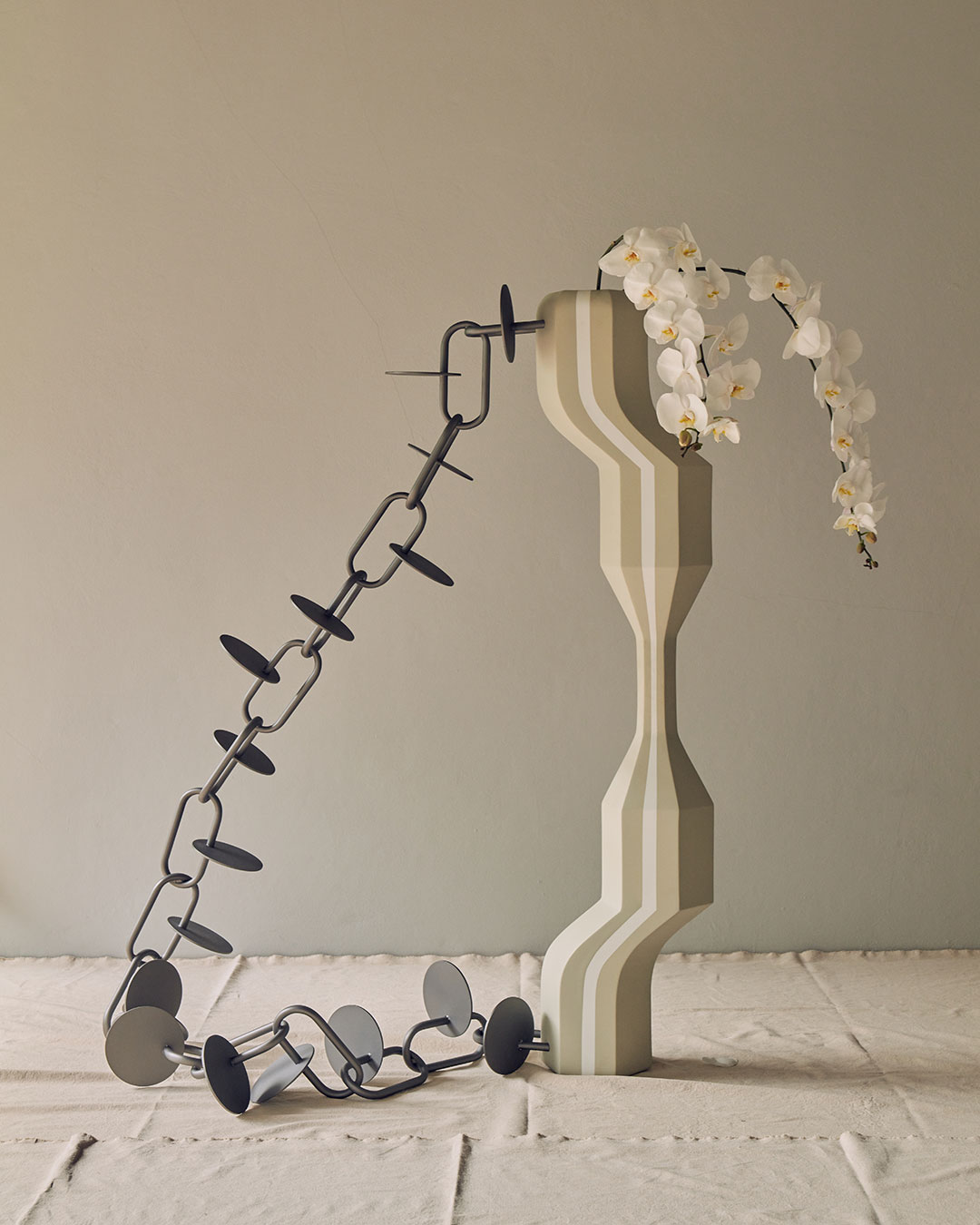
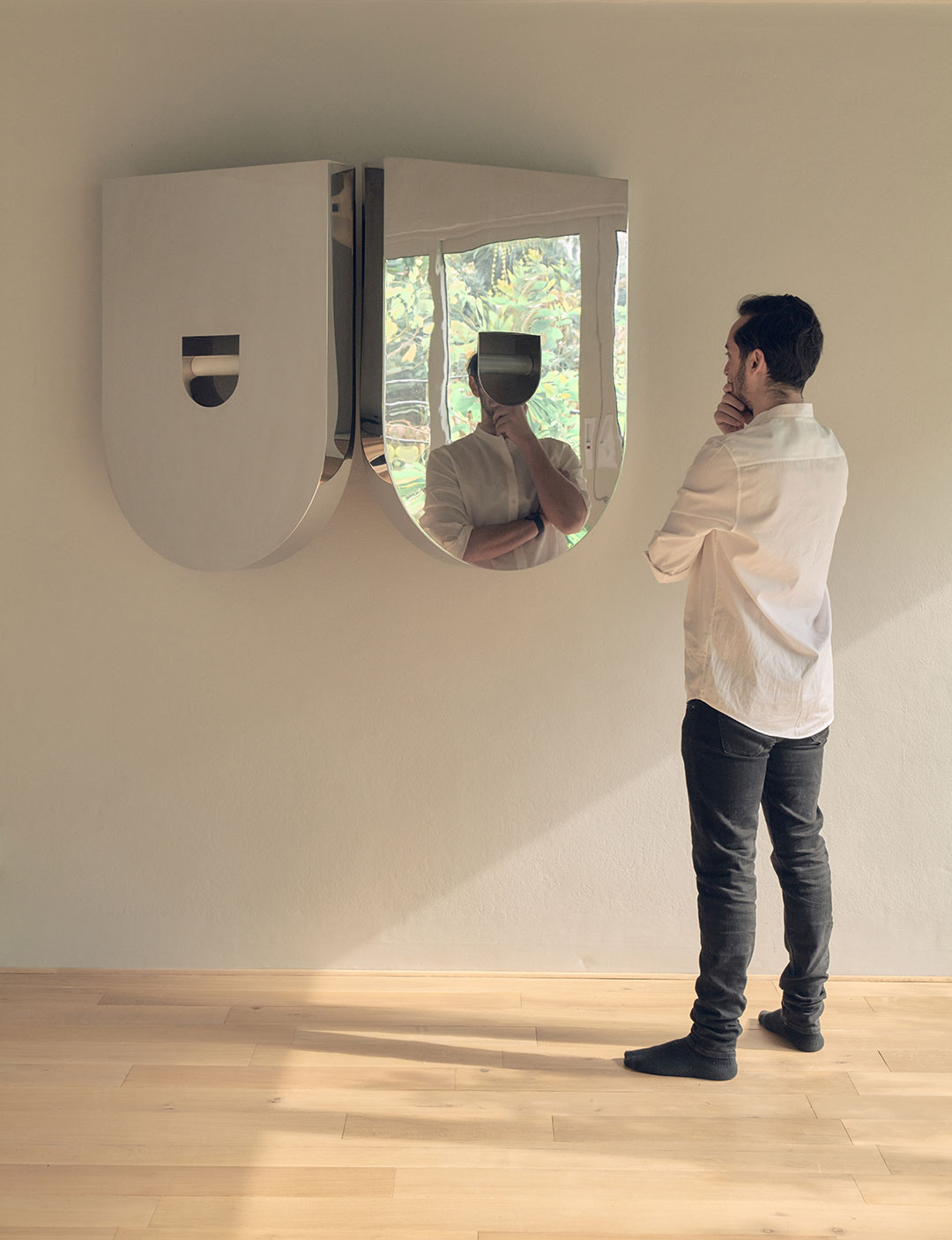
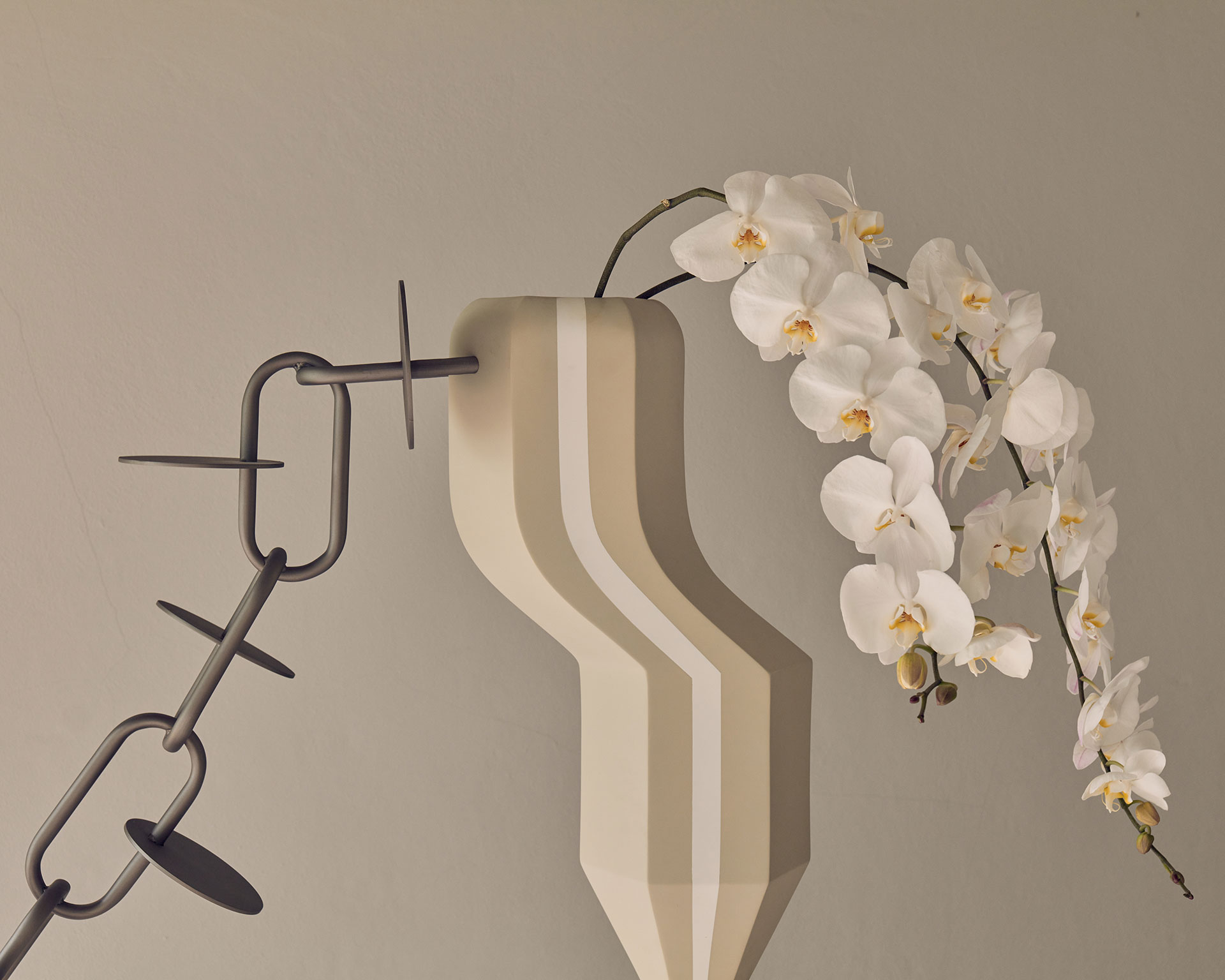
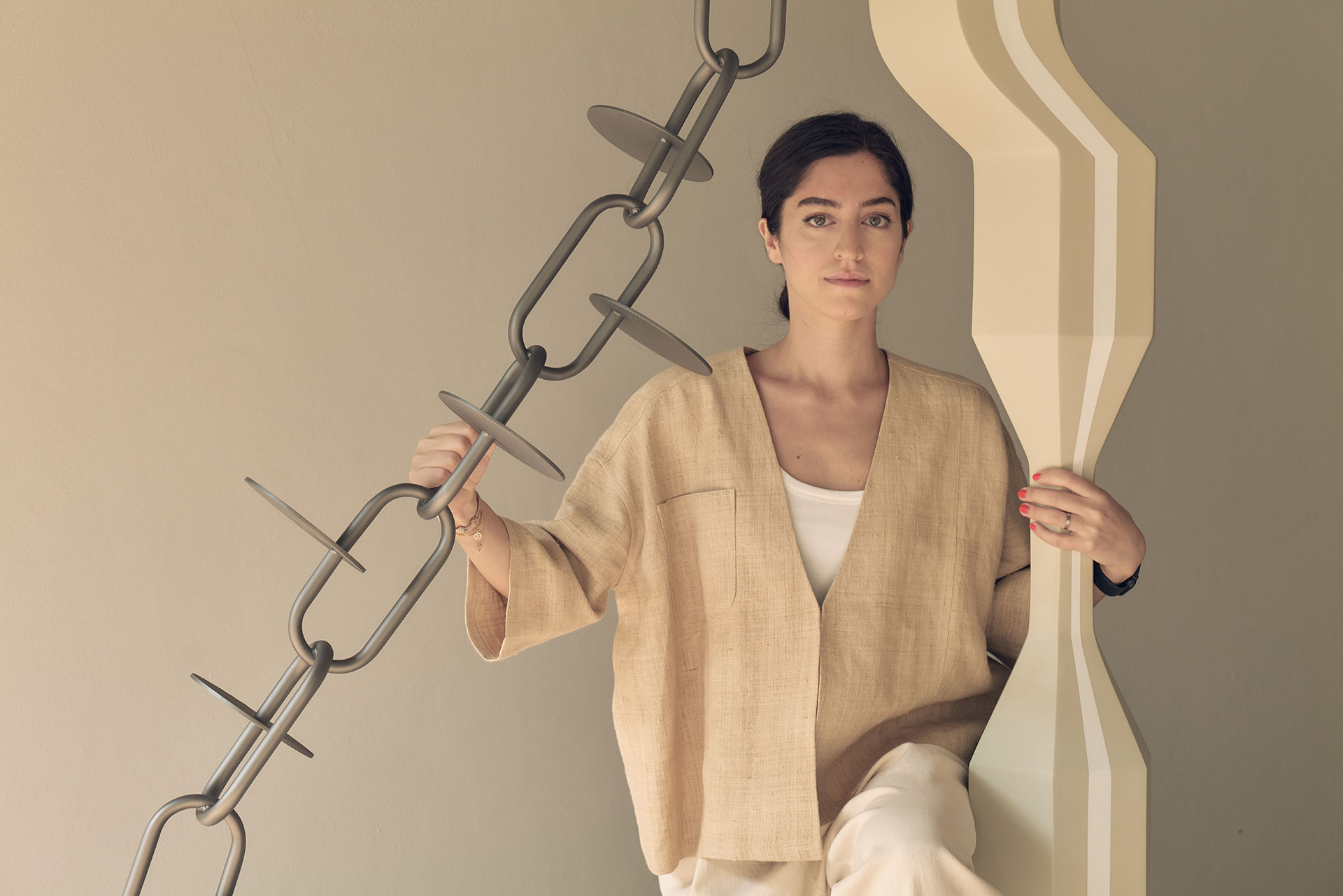






What do you think?